October ends with a holiday, Halloween, also known as All Hallow’s Eve, as it ushers in November which begins with Christian religious observances remembering deceased persons.
- All Saints Day is a Christian holiday honoring Saints who have passed on to the afterlife usually observed on November 1st.
- All Souls’ Day, in Roman Catholicism, a day for the commemoration of all the faithful departed, usually on November 2.
- Día de los Muertos, or Day of the Dead, is a celebration of life and death. While the holiday originated in Mexico, it is celebrated all over Latin America with colorful calaveras (skulls) and calacas (skeletons), also on November 1 and 2.
Whether you observe any of these, death is a topic that has or will touch all of us and our families. I have written these blog posts that help make that life transition smoother.
Living life, facing death-a review of A Beginner’s Guide to the End
Even as a physician, I was surprised at the claim that only 10% to 20% of us will die without warning. The rest of us will know we have something that will likely take our life. And even if we don’t, we all know we will die eventually, although we tend to think and act…
Keep readingDying with Ease- a book review
Dr. Spiess doesn’t suggest that confronted with terminal illness we refuse treatment and give up. He advocates thinking about and planning for the dying process long before we develop an illness that might be fatal.
Keep readingWhy you should get ready to die while you live -a book review
“The reason obituaries are so dull to read is that they are so dull to write and that’s precisely why I’m writing my own: To save my family the drudgery in an otherwise stressful time.”
Keep readingexploring the HEART of health, life, and death
I hope you don’t need to read any of these books now, but the reality is many of you do, or will eventually. People I know who have faced death in a positive way fare much better, as do their families. Be knowledgeable and prepared for your sake and for theirs.
I’d love to have you join me for my next post where I share more information and inspiration to help you turn health challenges into health opportunities.
Add your name to the subscribe box and I’ll send you an email when I publish a new post. Click the link in the email to go straight to the post. You won’t get anything else. You can easily unsubscribe anytime but I hope you won’t.

Dr. Aletha

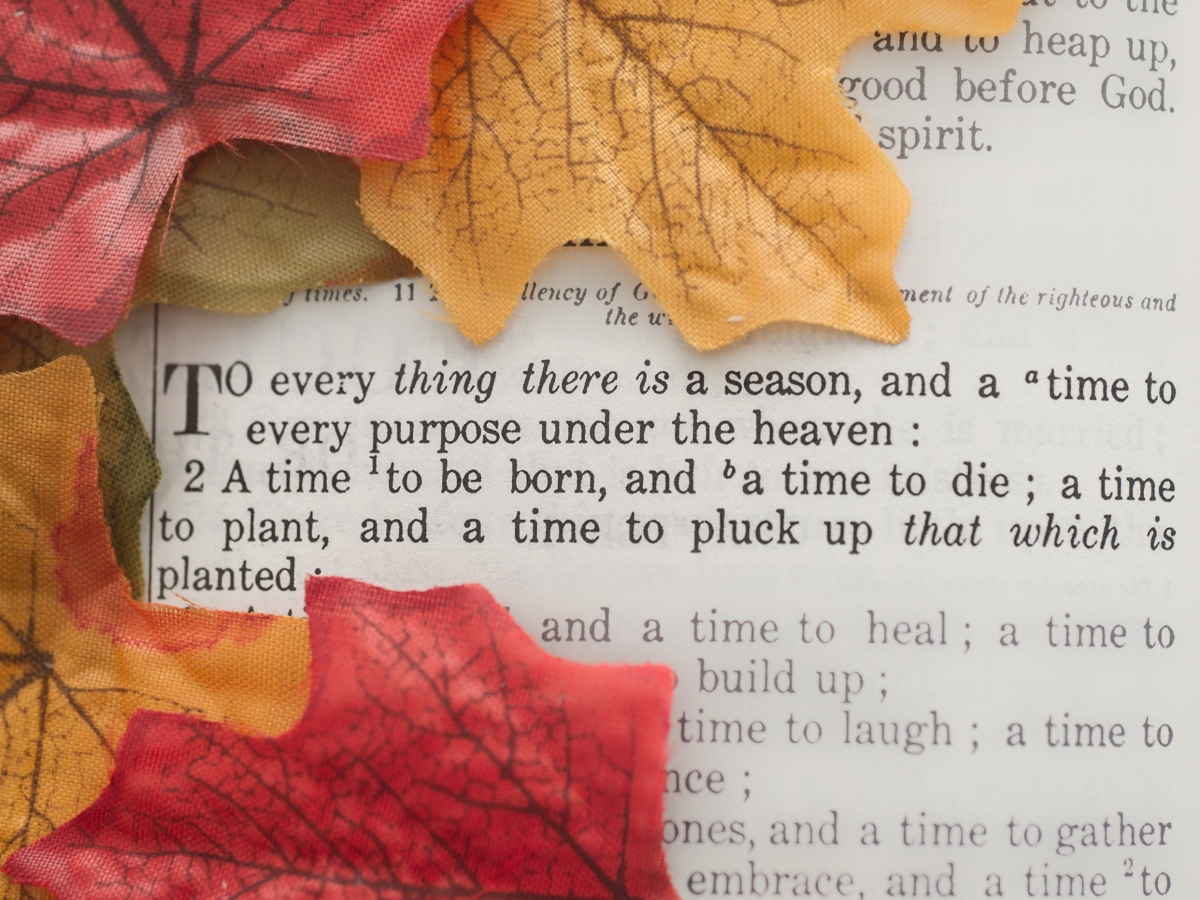



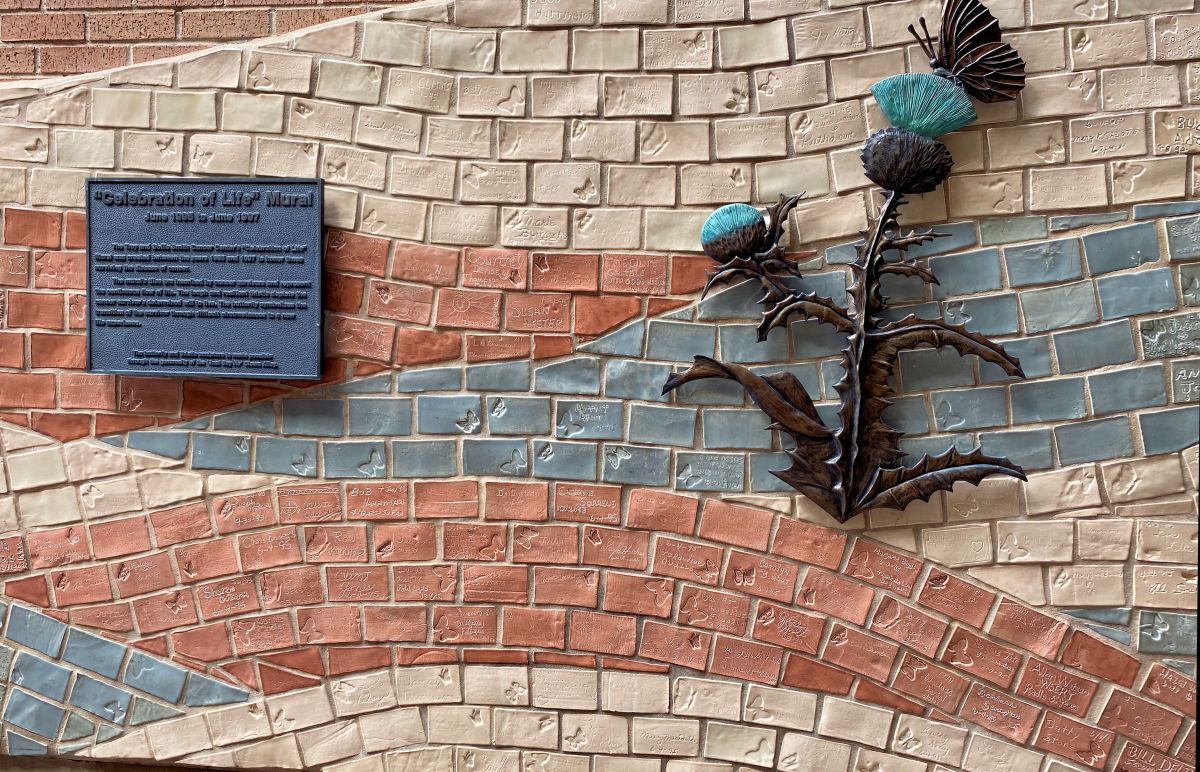
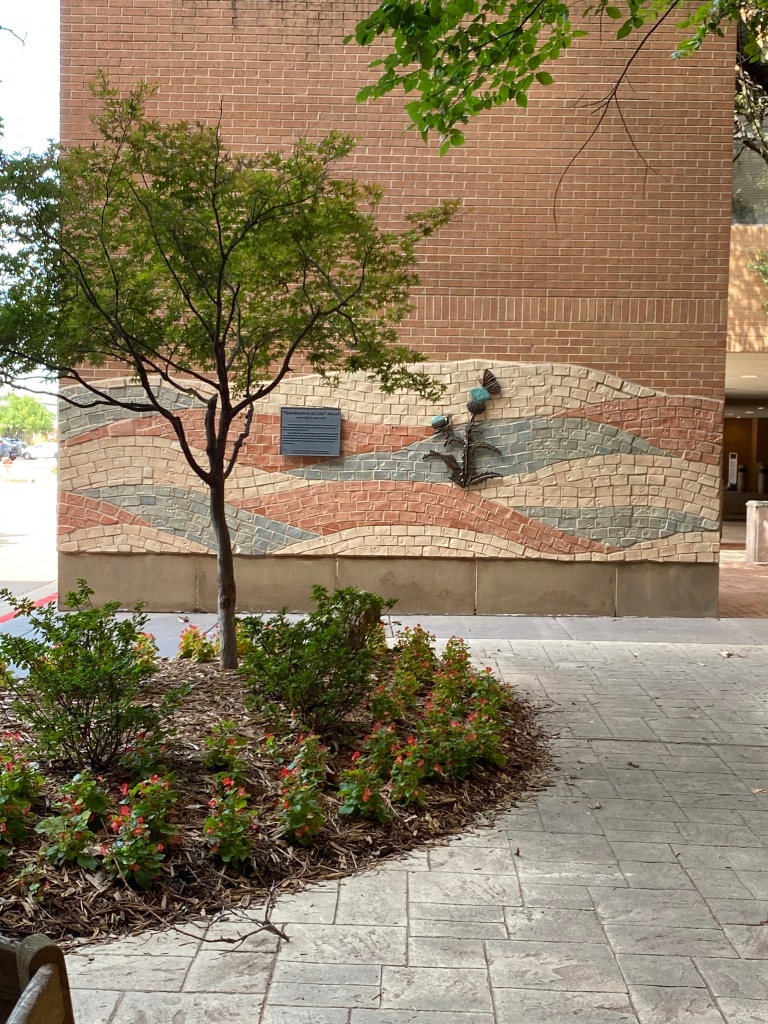
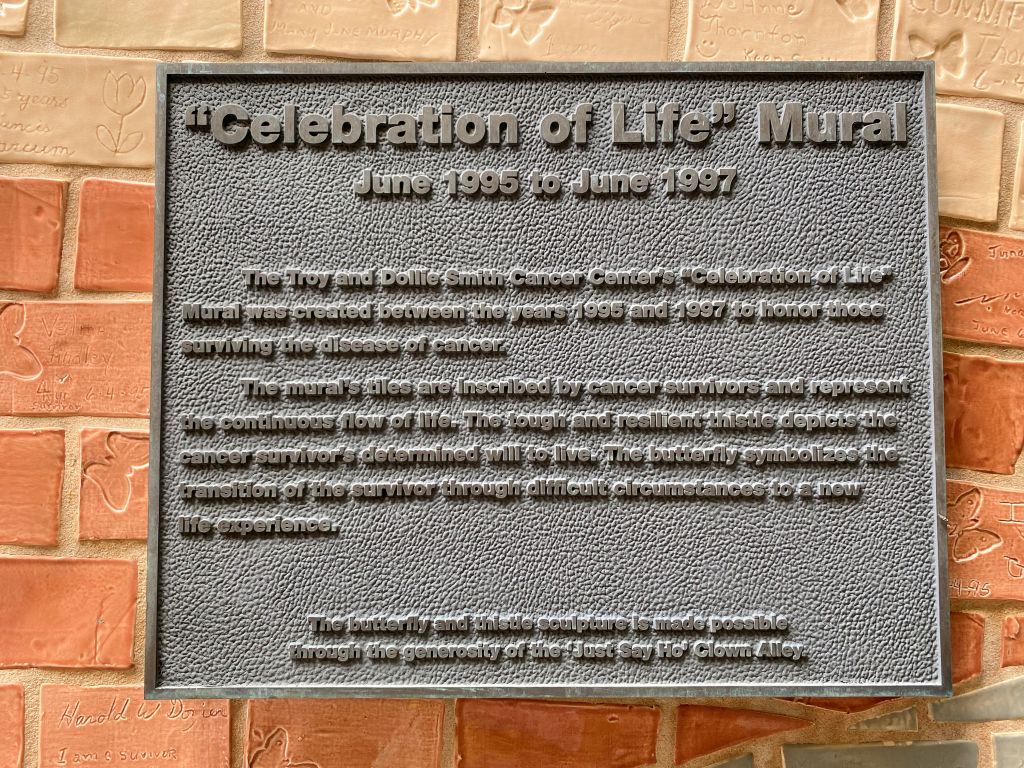

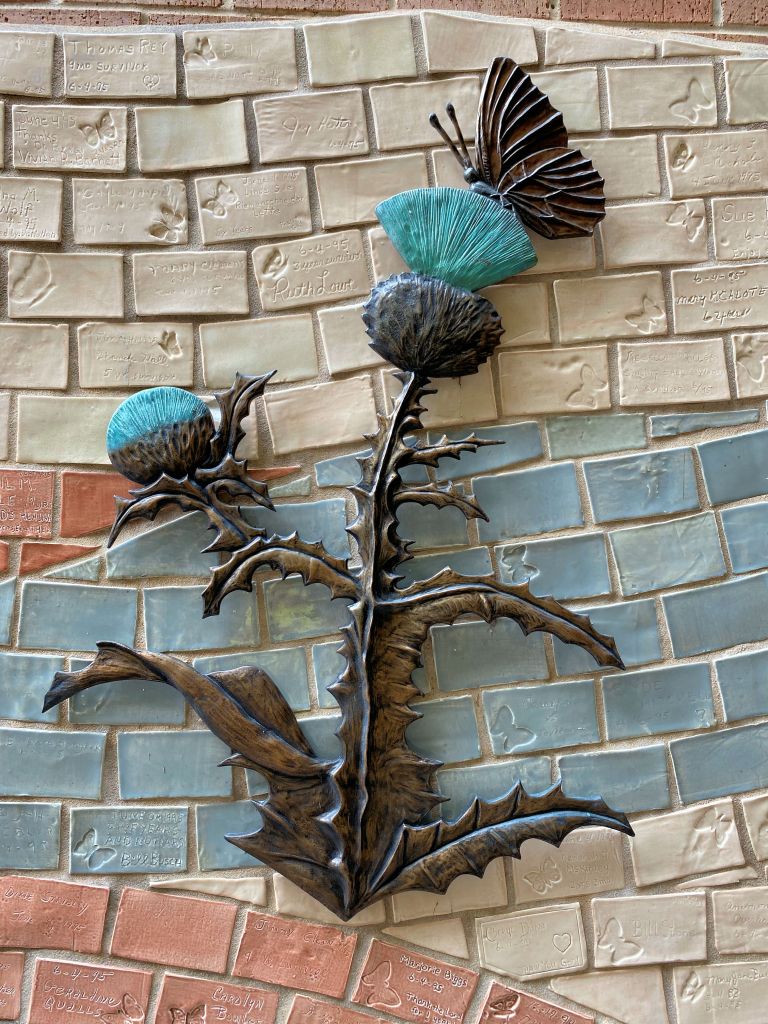



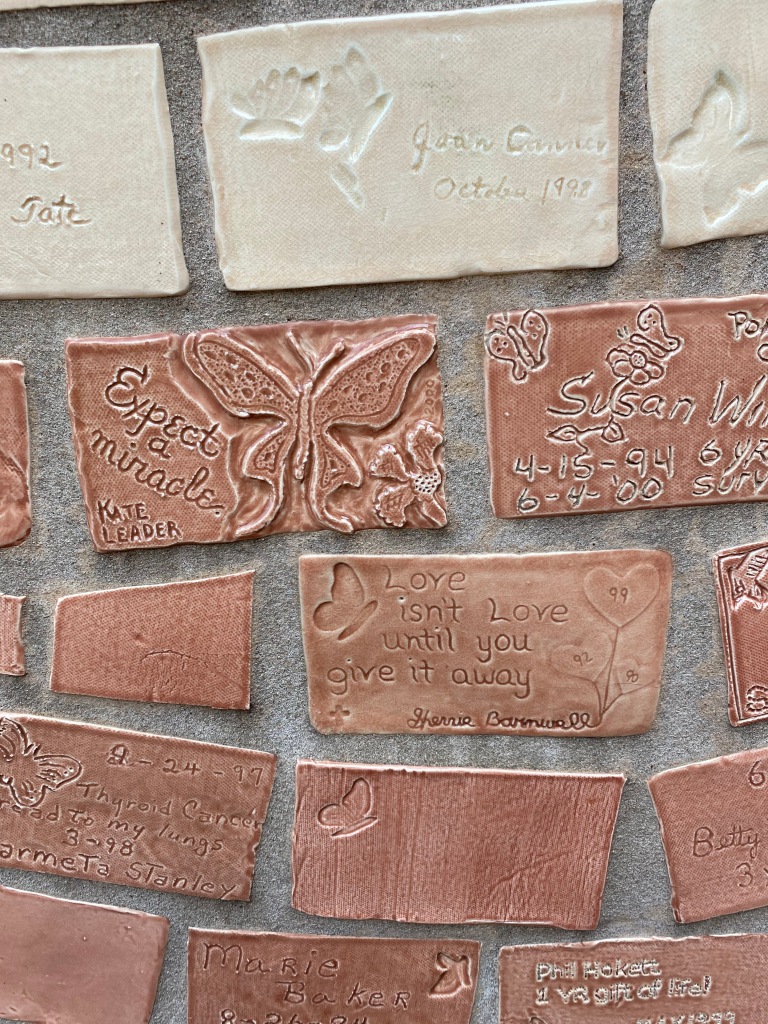

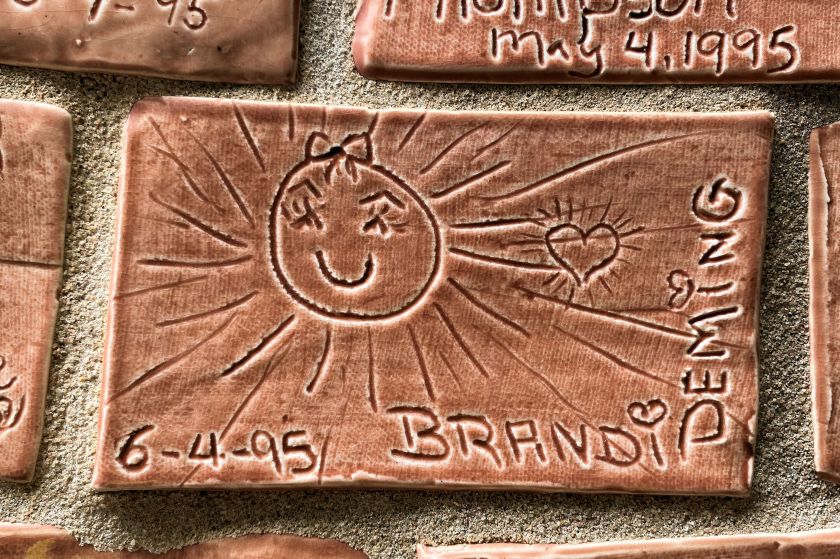
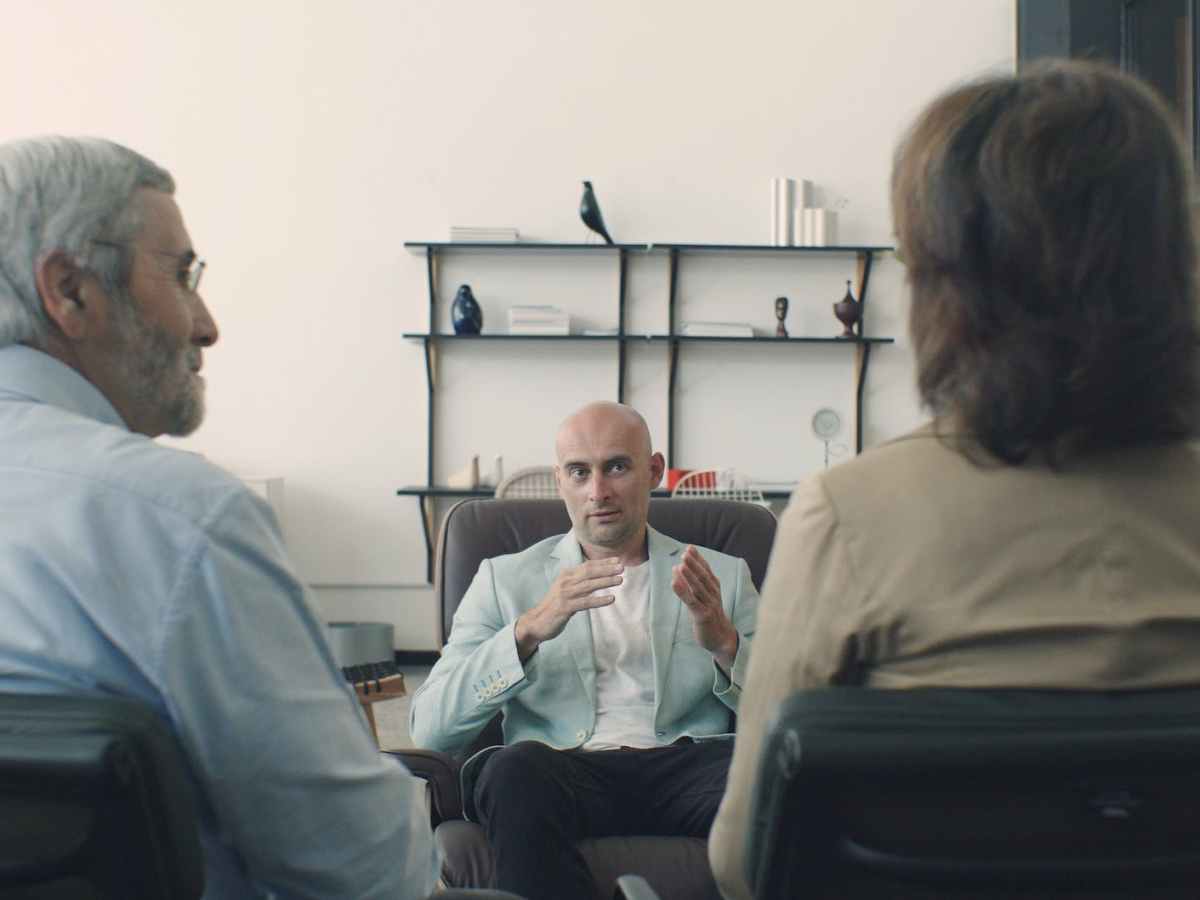
You must be logged in to post a comment.